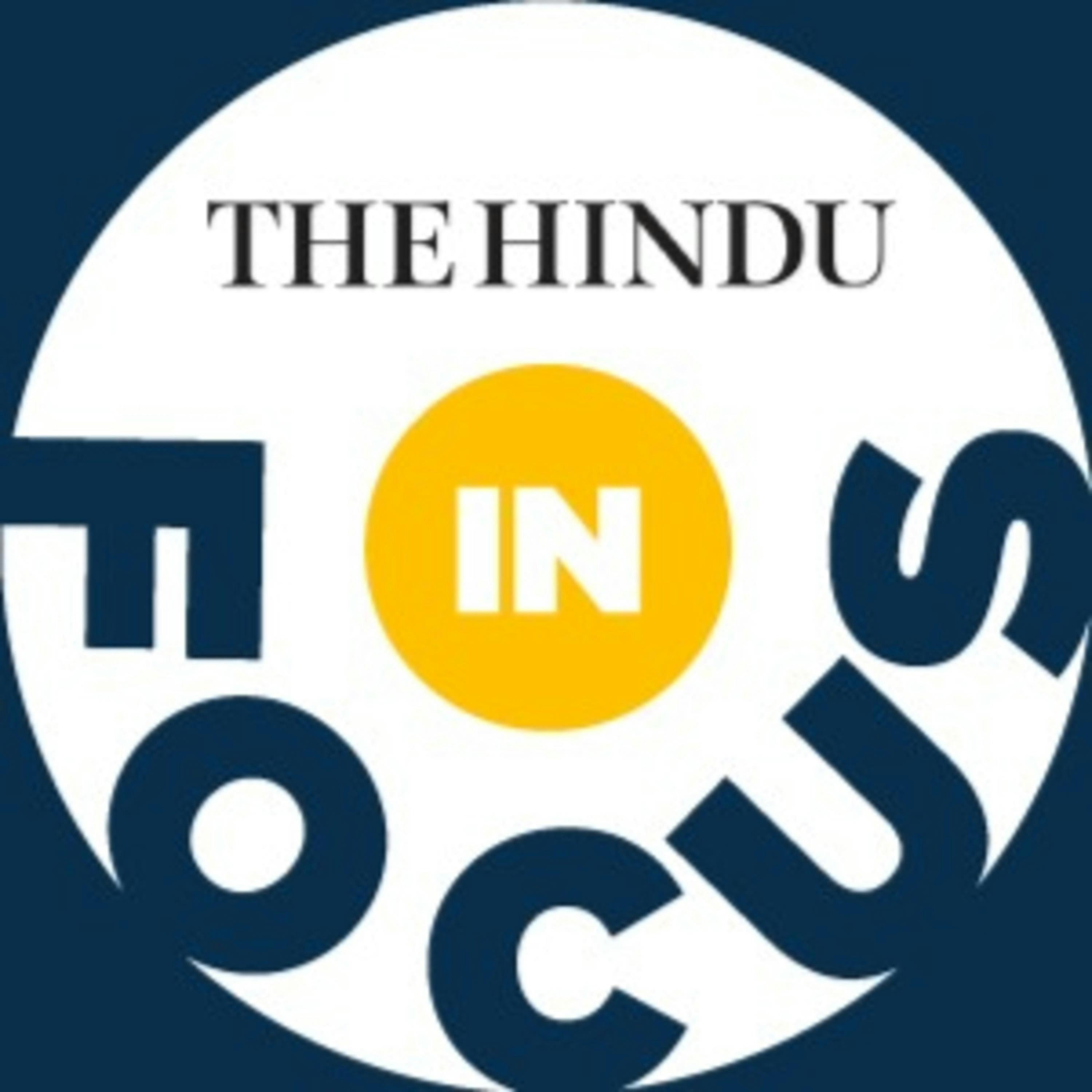Why is India not exercising enough?

A recent study published in the journal The Lancet Global Health, brought out a staggering figure \u2013 almost half of all Indians are not sufficiently physically active. Between 2000 and 2022, the number of adults who engaged in insufficient physical activity increased from a little over 22% to 49.4%. Women were found to be more physically inactive than men. Across the world, South Asia was ranked second highest in the number of adults being insufficiently active, after the high-income Asia-Pacific region, which came first.\nWorld over, about 1/3 of all adults, 31.3% were not sufficiently physically active, and if this trend continues, researchers said, the target of reducing physical inactivity by 15% globally by 2030, will not be met.\nAn adequate amount of exercise has for long been known to help prevent multiple non-communicable diseases including hypertension, diabetes and heart disease, and is known to promote mental well being.\nIndia holds the dubious rank of being one of the top countries in the world when it comes to obesity and diabetes and a high burden of heart and yet the amount of physical activity Indians do, is decreasing.\nWhy are Indians not exercising enough? What amounts to an adequate amount of physical activity for an adult per week? How is the lack of exercise going to affect the massive burden of non-communicable diseases in India? And what can be done to encourage physical activity at schools, communities and in offices?\nGuest: Dr K Srinath Reddy, distinguished professor of public health, Public Health Foundation of India\nHost: Zubeda Hamid\nEdited by Jude Francis Weston